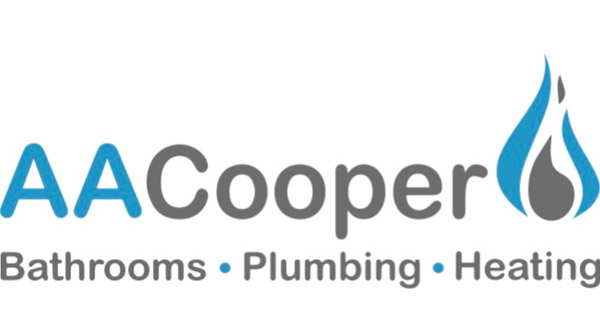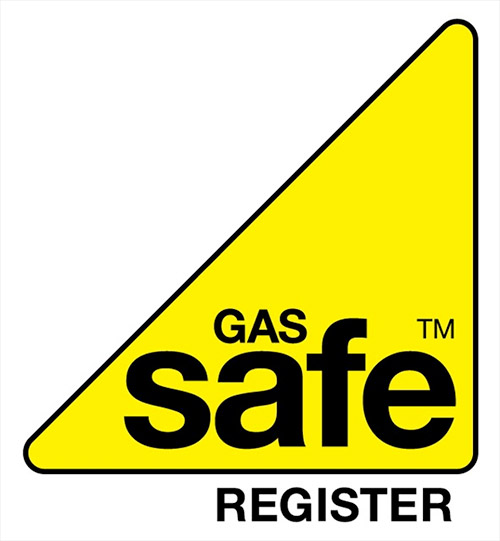For many of us, energy bills have doubled over the last month and there’s no getting around the fact that the kitchen is one area in the home where energy use is unavoidable. There are state of the art low-energy cooking appliances on the market but there are some simple things we can do to maximise efficiency, reduce waste, and, of course, save money.
Here are some top tips for energy-efficient cooking:
- The microwave is generally the most efficient way to heat up and cook food (because it’s small and the heat is more focused, thus quicker). Opt for this appliance whenever possible.
- Use the kettle to boil water quickly and transfer to a pan on the hob for steaming and boiling vegetables or pasta.
- When boil anything in a pan, only use as much water as is needed to cover the amount of food you’re cooking – one of the most common forms of energy wastage is the energy it takes to boil water you don’t need.
- Cook as much as possible in the oven in one go to make sure all the space and heat is being used.
- Keep the oven door closed while you’re cooking. Each time you open the door, the oven loses heat (sometimes as much as 25 degrees) and requires more energy to get back up to temperature.
- Defrosting food in advance not only typically halves the cooking time but also means that you don’t need to use the energy of a microwave to defrost more quickly.
- Use glass or ceramic dishes in the oven. They retain heat better than their metal counterparts, making them the most efficient to use in the oven.
- A fan-assisted or convection oven uses fans to circulate heat around the food as it cooks, making it a more energy-efficient way of cooking because it means the heat doesn’t have to be as high as it would in a conventional oven.
- When using an electric oven, turn it off ten minutes before the food’s finished cooking. The oven temperature will remain the same so the food will still cook through to completion without the oven using energy.
- Keep heating rings on an electric hob as clean as possible – any food that sticks to the ring will absorb heat, making it less efficient.
Mostly it’s about being more mindful when cooking and developing good kitchen habits. For some more common-sense cooking tips, visit uSwitch and for detailed info on energy use and spend, a smart meter will tell you how much your appliances cost in pounds and pence accurate to your tariff and the current price of energy, thereby enabling you to monitor which appliance is costing you the most so you can minimise your use of it.
For all your energy-related needs, contact the team at AACooper on 01689 485007 or info@aacooper.co.uk

